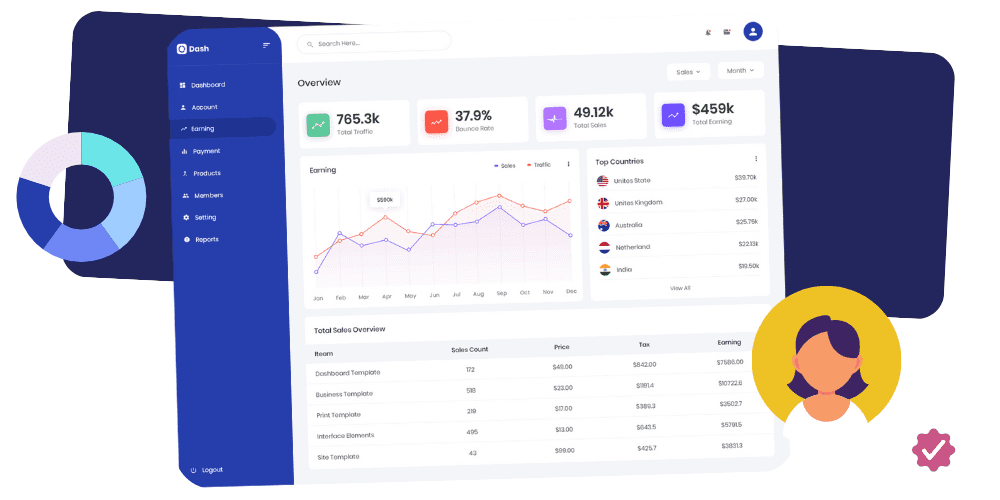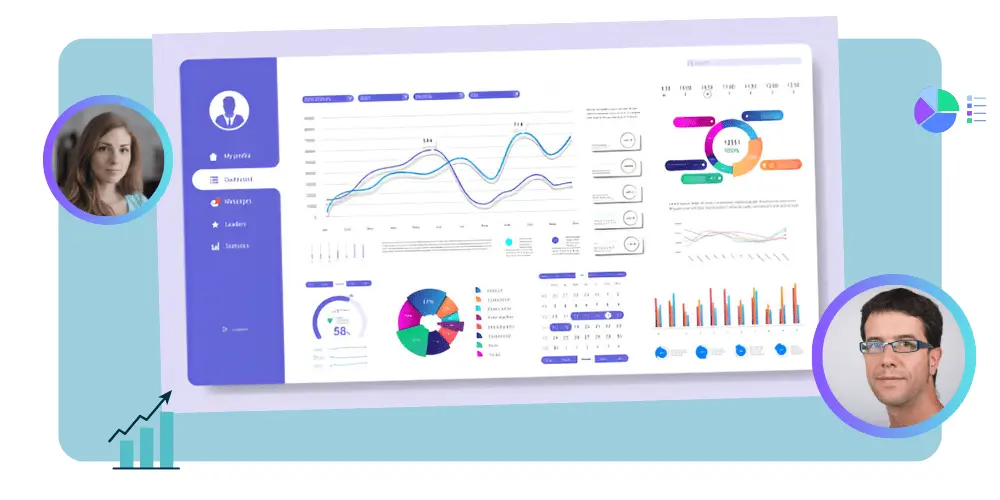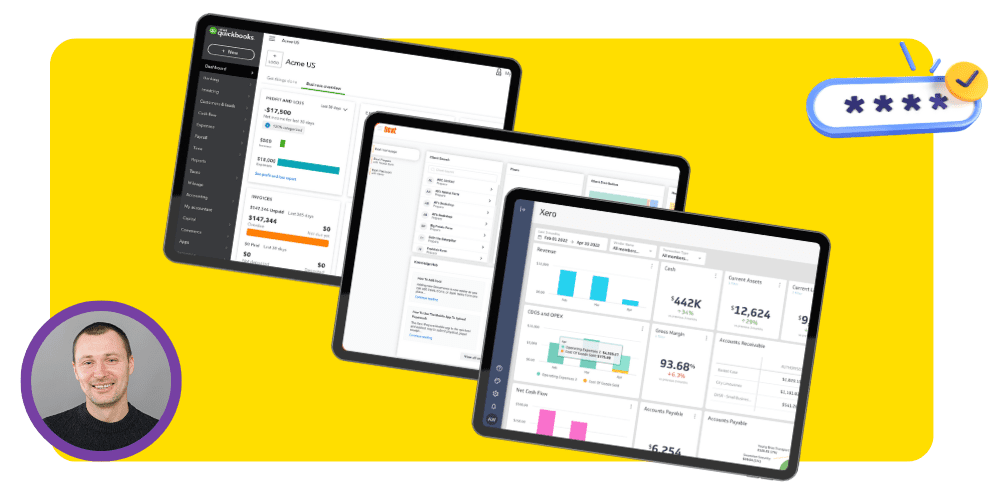Transferring money from a limited company to a personal account is allowed, provided it is for legitimate business reasons and does not jeopardise the company’s financial stability or risk insolvency. Four ways of doing so are taking a director’s salary, receiving dividends, arranging a director’s loan, and getting reimbursement for business expenses. Each method has specific tax implications and benefits; therefore, it is important to understand them to stay compliant.
Understand the nuances of financial distributions from a limited company to a personal account, including director’s salaries, dividends, loans, and the avoidance of insolvency, to ensure compliance and fiscal health.
Maintaining Separate Accounts
It is crucial to maintain separate business and personal accounts to ensure accurate accounting and compliance with tax obligations. Business expenses should be properly reimbursed, and any personal withdrawals should be documented properly to avoid complications and future penalties with HMRC. Excessive personal withdrawals can distort a business’s financial health, complicate cash flow management, and potentially impact liability protection and credibility with banks, investors, and clients.
- How an accountant can resolve cash flow challenges by ensuring your business and personal finances are distinct and well-managed.
- Cash Flow Planning for Technology Businesses
- A good bank setup can improve business performance. Review our list of Best Business Bank Accounts in the UK.
Is it legal to Withdraw Money From a Business Account to a Personal Account?
The withdrawal is legal as long as you repay the money back to the business on time or the extraction is for a business purpose such as a director’s salary, bonus, dividends, etc. However, it may create additional work for you or your accountant if personal transactions are incurred through a business and can create potential issues in the long run with HMRC. Moreover, if your business has significant cash reserves and you wish to invest this money in high-interest savings accounts for easy access, you may face the following tax implications:
Tax Implications and Risks
With the latest increase in the Bank of England base rate to 5.25% from the 3rd of August (and HMRC’s late payment and repayment increases from 22nd of August), it is understandable that you might want to take money out and put it in a personal high savings account to maximise the savings and therefore the return on cash.
The initial concern is the withdrawal of funds, which would, at best, be considered a loan with a benefit in kind and section 455 Corporation Tax Act 2010 (CTA) tax to consider. At worst, HMRC might view the transfer as either a dividend or employment income.
Case Law where this arrangement failed: Mirror Image Contracting Ltd
There is no precedent from case law where such an arrangement has worked. The arrangement failed in Mirror Image Contracting Ltd [2012] UKFTT 679 concerning corporation tax self-assessments for tax years 2008/09 and 2009/10.
In simple terms, director Paul Sweeny withdrew funds from the company’s account and deposited them into his personal savings account and a mortgage offset account with fellow director and partner Naomi Jordan. Sweeny claimed the funds were held in trust for the company, but the First Tier Tribunal (FTT) found his actions would likely have been considered a breach of trust.
In its ruling, the tribunal said: ‘We find that the funds originally withdrawn by Mr Sweeny and the funds withdrawn and deposited into the joint offset mortgage account were not held on trust for Mirror Image Contracting (MIC). If the funds had been held in trust, they would have been kept in a separate account and not intermingled with Mr. Sweeny’s and Ms. Jordan’s personal accounts. The legal effect of depositing funds into Mr. Sweeny’s and Ms. Jordan’s offset mortgage accounts is to discharge a loan they owe. This would have been an egregious breach of any trust (had the funds truly been held in trust by them for MIC). We find that the amounts withdrawn by Mr Sweeny and deposited either into his personal account or into the joint offset mortgage account were lent by MIC as shareholder loans and were never held on trust for MIC.’
It is important to note this case only went to the FTT, which is not a binding precedent.
Administrative Aspects
While you may be able to define the sums withdrawn from the company as not being loans or taxable in the directors’ hands, there would be other administrative aspects to consider:
- Reporting of information by the bank to HMRC may result in tax enquiries from HMRC;
- The bank’s terms and conditions regarding the holding of funds on trust and if such arrangement is permissible;
- Sufficient safeguards to ringfence the funds held on trust from being used against personal creditors (which ties in with the bank’s terms and conditions);
- Correct accounting treatment of the interest on an accrual basis instead of receipts.
- You can get an understanding of debtors and creditors from our In-Depth Explanation Of Creditors And Debtors
Impact On The Trading Status Of The Company
A related issue to consider going forward is the potential problems with excess cash and the impact on the trading status of the company.
Business asset disposal relief (BADR) is only available for a trading company, which does include, to a substantial extent, other activities as set out in s165A (3) Taxation of Chargeable Gains Act 1992 (TCGA). Unhelpfully, the statute does not define the term ‘substantial’ but has been tested in case law, most recently in Assem Allam v HMRC [2021] UKUT 0291. This case involved claims of entrepreneurs’ relief (now BADR) on the disposal of shares of a company involving property development and property investment activities. The FTT and the Upper Tribunal were critical of HMRC’s manuals as they so narrowly attempted to interpret their broad rule of thumb of 80/20 when the legislation did not simplify or provide such an approach.
The current version of CG64090 no longer references the strict numerical indicator, but the withdrawn version can still be accessed from the HMRC archive.
In Assem Allam, the appellant referred to the FTT decision in Potter & Anor [2019] UKFTT 554. The Upper Tribunal could not remake the decision in Potter, but they appeared to disagree that the holding of the six year investment bonds was a nonactivity but instead would have some level of activity.
Explore the implications of shareholding structures and investment bonds on your company’s trading status and financial strategy in our comprehensive guides.
Conclusion
All things considered, moving money from a limited company to a personal account is allowed in the UK as long as it is done for legitimate business reasons and with careful documentation. Salaries, dividends, loans, and expenditure reimbursements are a few of the legal ways that such transactions might be handled; each has tax implications of its own. The Mirror Image Contracting Ltd. case emphasises the possible legal ramifications of handling these transfers poorly. The financial integrity of the business and any issues with tax authorities like HMRC must be protected by careful handling of such transactions. Businesses can achieve their operational objectives and be in legal compliance by carefully handling these transactions. Speak to your limited company accountant before making transactions that are different to the norm and can have potential legal implications on your business.
Additional Resources








































































